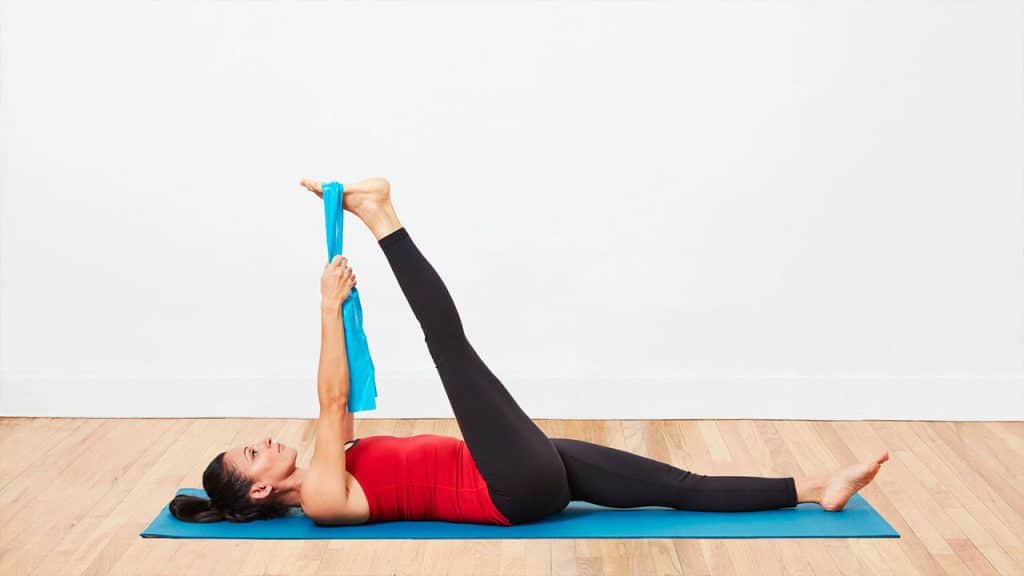When people talk about exercise, they often mean high-impact cardio workouts or gym sessions that focus on lifting bigger and bigger weights. Strength, speed and endurance may get more attention than flexibility, but without flexibility, you won’t have any of those other things.
Flexibility is about the range of motion in your joints and your ability to stretch and bend your muscles. Without a certain amount of flexibility, you can’t stand up, let alone walk. There’s no mobility without flexibility.
Experts say that exercises to improve your flexibility are important to your general health (https://www.health.harvard.edu/staying-healthy/benefits-of-flexibility-exercises). Your balance will be better, problems like pain from a bad back can be alleviated, and you’re less likely to gain other injuries during other exercise.
So, how do we work on our flexibility without causing ourselves an injury? Stretches are the most basic form of flexibility exercise, but you need to be careful. They can cause injuries of their own if you don’t do them right. Start your exercise session with a light warmup like jogging. Once your blood is flowing a bit – after, say, ten minutes – you can give stretching a try.
This is true for any kind of fitness routine. Similarly, at the end of your session, you can incorporate stretching into your cool-down. This will make your workout more effective overall by maximizing your body’s performance and reducing the risk of pulled muscles and other injuries. You’ll then be in better shape for doing everyday tasks. You may even end up with better posture.
Then there are exercises where flexibility is the focus. Something like yoga may have a slower pace than aerobics, but that doesn’t mean it’s less intense. It still gives you the opportunity to push your body in new ways. Your muscles will end up stronger, and your balance improves every time you hold an asana for a little longer than you did last time.
As with many effective forms of exercise, doing it properly doesn’t just benefit your physical health. There’s a mental boost that comes from a good workout. It can reduce depression and anxiety, things that are far too common in our modern world. Yoga often includes periods of relaxation where you let go of outside stressors. You may also find yourself more focused and confident because of your well-designed fitness routine.
Attention to these kinds of exercises and their benefits is particularly important because as we grow older, we do lose flexibility. Some decline in muscle strength and joint mobility is inevitable, especially if you develop a condition like arthritis. There’s no cure for arthritis, but it can be mitigated, and one of the best ways to do that is to start flexibility exercises when you’re young and maintain them as long as possible.
If you have doubts or concerns about performing flexibility exercises safely, especially if you have arthritis or other conditions or injuries that affect your mobility, the best thing to do is talk to a professional. Start with your doctor or physical therapist, if you have one, and make sure that any fitness instructor you approach has proper qualifications and is willing to listen to you and work with you regarding your specific needs.




